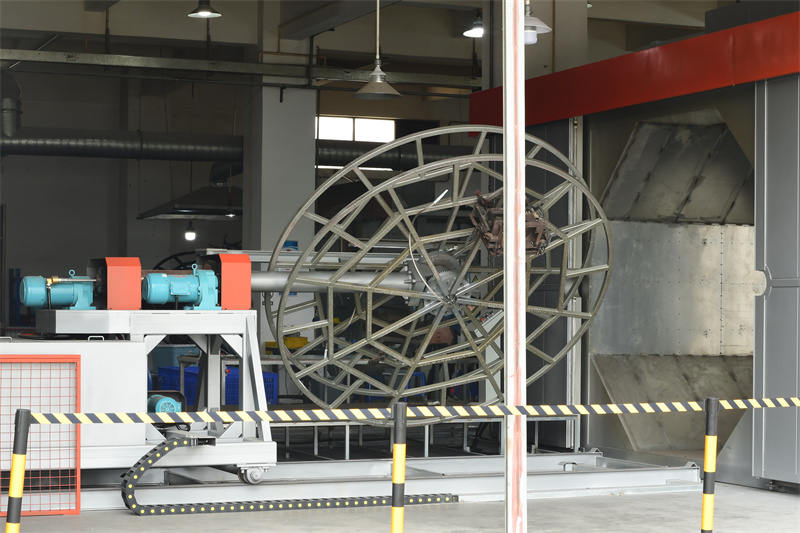What are the Comprehensive Steps for Dimension Verification of Rotomolding Molds at Light Venus
 Oct 14,2024
Oct 14,2024

What are the Comprehensive Steps for Dimension Verification of Rotomolding Molds at Light Venus?
To ensure the dimensional accuracy of rotational molding molds, Light Venus follows a series of comprehensive steps, resulting in high-quality rotational molded products that meet both customer expectations and design specifications. Here are comprehensive steps involved in dimensionally verifying rotational molding molds.

Step 1: Understand the Design Specifications
Before starting the dimensional verification process, it is essential to thoroughly understand the design specifications and requirements of the mold. This includes analyzing the product design, understanding the material properties, and considering any specific dimensional tolerances.
Step 2: Prepare the Mold
Prepare the mold for the dimensional verification process by ensuring it is clean, free from any debris, and properly assembled. It is also important to remove any existing plastic products from the mold to avoid interference during the verification process.
Step 3: Select Verification Tools
Select the appropriate verification tools based on the required precision and the complexity of the mold design. Common tools used for dimensional verification include calipers, micrometers, dial indicators, and CMM (Coordinate Measuring Machine) equipment.
Step 4: Measure the Critical Dimensions
Identify the critical dimensions of the mold that will significantly impact the final product quality. These dimensions may include cavity size, core dimensions, draft angles, and overall mold dimensions. Measure these dimensions using the selected verification tools, ensuring accuracy and consistency.
Step 5: Compare Measurements with Design Specifications
Compare the measured dimensions with the design specifications provided. Note any deviations from the required tolerances and record the measurements for further analysis.
Step 6: Analyze the Results
Analyze the measured dimensions and compare them with the design specifications to determine if the mold meets the required quality standards. If any dimensional discrepancies are found, investigate the possible causes, such as manufacturing errors, wear and tear, or misalignment, and take appropriate corrective actions.
Step 7: Document the Verification Process
Document the entire dimensional verification process, including the measured dimensions, any deviations from the design specifications, and the corrective actions taken. This documentation will serve as a reference for future quality assurance and maintenance activities.
Step 8: Take Corrective Actions if Necessary
If dimensional discrepancies are identified during the verification process, take appropriate corrective actions to bring the mold back into alignment with the design specifications. This may involve machining, welding, or other repair techniques.
Step 9: Re-verify the Mold
After corrective actions have been taken, re-verify the mold to ensure that the dimensional adjustments have been successfully implemented and that the mold now meets the required quality standards.
Step 10: Regular Maintenance and Verification
To ensure consistent product quality, it is essential to perform regular maintenance and dimensional verification on the rotational molding molds. This helps to identify and correct any potential issues before they impact the production process.
By following these comprehensive steps, Light Venus produces high-quality custom rotational molded products that meet customer expectations and design specifications. For further details about our facility, please browse our website.
 Tel: 0086-13632687993
Tel: 0086-13632687993  Email: roto@lightvenus.com
Email: roto@lightvenus.com

 Home
Home How does Light Venus Ensure the Quality of Plastic Rotomolded Products?
How does Light Venus Ensure the Quality of Plastic Rotomolded Products?  You May Also Like
You May Also Like



 Tel
Tel
 Email
Email
 Address
Address








